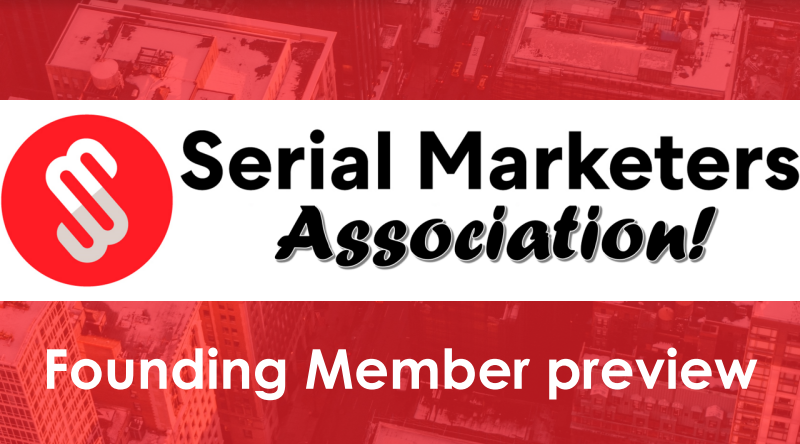originally published in Advertising Age
The crises hitting the ad industry keep multiplying. Ad-blocking stories have topped the trades and mainstream press for weeks. Talent shortages abound, though the great work produced by top talent is rarely properly rewarded. Twenty years after the first banner ad debuted, we still can't agree on what an impression is. There are crises of confidence matched by crises of competence.
Every crisis breeds opportunity. Here is a simple guide to solving every major predicament in our industry.
1. Agree on impressions. This is easy. An ad must be fully viewable on the screen for it to count. Publishers can charge a premium when consumers take actions on those ads, provided there are rigorous measures in place to prevent bots from taking such actions.
2. Fix video views.&0160;No, a split-second impression doesn&39;t count as a view. P&G defined the "first moment of truth" — the time it takes a shopper to make up his or her mind about a product when encountering it on a store shelf — at three to seven seconds. Granted, other research cited by Malcolm Gladwell and others say opinions are made in a split second. Let&39;s split the difference and call three seconds the minimum for what counts as a video view. A bonus: The shortest popular form of video today is Vine, running six seconds, so even Vine would only have to charge for half a view for a promoted post.
3. Fix video placements.&0160;Stop putting video ads in the dumbest possible places, like 30-second spots in front of 60-second movie trailers (which, by the way, are ads), or overloading ads on kiddie music videos (the whole point of letting kids watch those videos is to let parents do something else, so 99% of those clicks are from toddlers trying to get to Elmo).
4. Reject short-term opportunism for long-term gains.&0160;Can you cram another ad on a page or between pages or every 12 seconds during a video? Sure. What will that do to the user experience? And even if today you can get away with it because you&39;re the only game in town with a certain kind of content, you&39;re making people hate us all more. See also: the Tragedy of the Commons.
5. Vow full disclosure — about everything.&0160;Want to know where your impressions are being run? You got it. If any kind of influencer hawks a product for a fee, or because they received it for free, the disclosure should be as clear as the promotion. Making a change to a privacy policy? Instead of burying it in the fine print and waiting for someone to discover it, declare in advance what the changes will be and gauge feedback from customers. Getting kickbacks? Great. Just tell the buyer about the incentives for what you&39;re selling so the buyer can decide if it&39;s a conflict of interest.
6. Don&39;t&0160;<adage_no_lookbook_links>steal.&0160;That means ideas. That means work. Don&39;t ask for something for free when you would have had to pay for it by other means, and then use it as if you have the rights to it. Anything of value has a cost. Pay a fair rate.
7. Reward great work.&0160;Instead of constantly nickeling and diming partners and vendors, offer a premium on truly great work, whether it hits a specific goal or achieves some kind of breakthrough success.
8. Be open about what work costs.&0160;"Work" is defined broadly here — whatever it is you&39;re selling. Don&39;t shy away from making your case. If it really can be done as well by someone in the Philippines or a college kid on Fiverr, you&39;re fighting a losing battle anyway.
9. Accept where the race to the bottom leads.&0160;If your only goal is to shed costs, you will get the worst of all the industry has to offer. If you&39;re the seller though, your focus should be charging what your offering is worth — not what you can get away with charging for the time being.
10. Uphold security at all costs.&0160;The Ashley Madison hack won&39;t stop people from doing stupid things online, especially when it comes to their personally identifiable information. We have to accept that we are all Ashley Madison: We are all trusted with customers&39; information, and we have a duty to protect it. Even if the stakes are lower, given that most of our businesses don&39;t have Ashley Madison&39;s moral issues, we all must make the head of security the best-known person at our organizations. Without security, nothing we do matters.
11. Eat our own dog food.&0160;It seems people in the ad industry were early adopters of DVRs and Netflix (TV&39;s ad blockers) but late adopters of ad blockers used online. Perhaps rationalization is the cause; on TV, ad skipping or avoidance is an ancillary benefit, rather than the entire purpose as it is with ad-blocking software. We can no longer afford to be blind to the tools used to get around us.
12. Put trust first.&0160;That&39;s where all of this leads. Our industry ranks somewhere down there with ambulance-chasers and Congress in terms of least trusted institutions. At our constant galas, we&39;re so busy patting ourselves on the back that we don&39;t consider how despised we are. What would it take to become one of the most trusted industries? Much of the time, we&39;re helping people find out about stuff they probably want, while subsidizing media that would cost far more without our efforts. All that we&39;re missing is a consistent effort to earn the trust of our customers — and each other. A reputation for trustworthiness, more than anything we can ever offer in terms of salaries, would do wonders for our talent crisis as well.
There you, crises solved. Now we can get back to our day jobs.







No Comments
Leave a comment Cancel